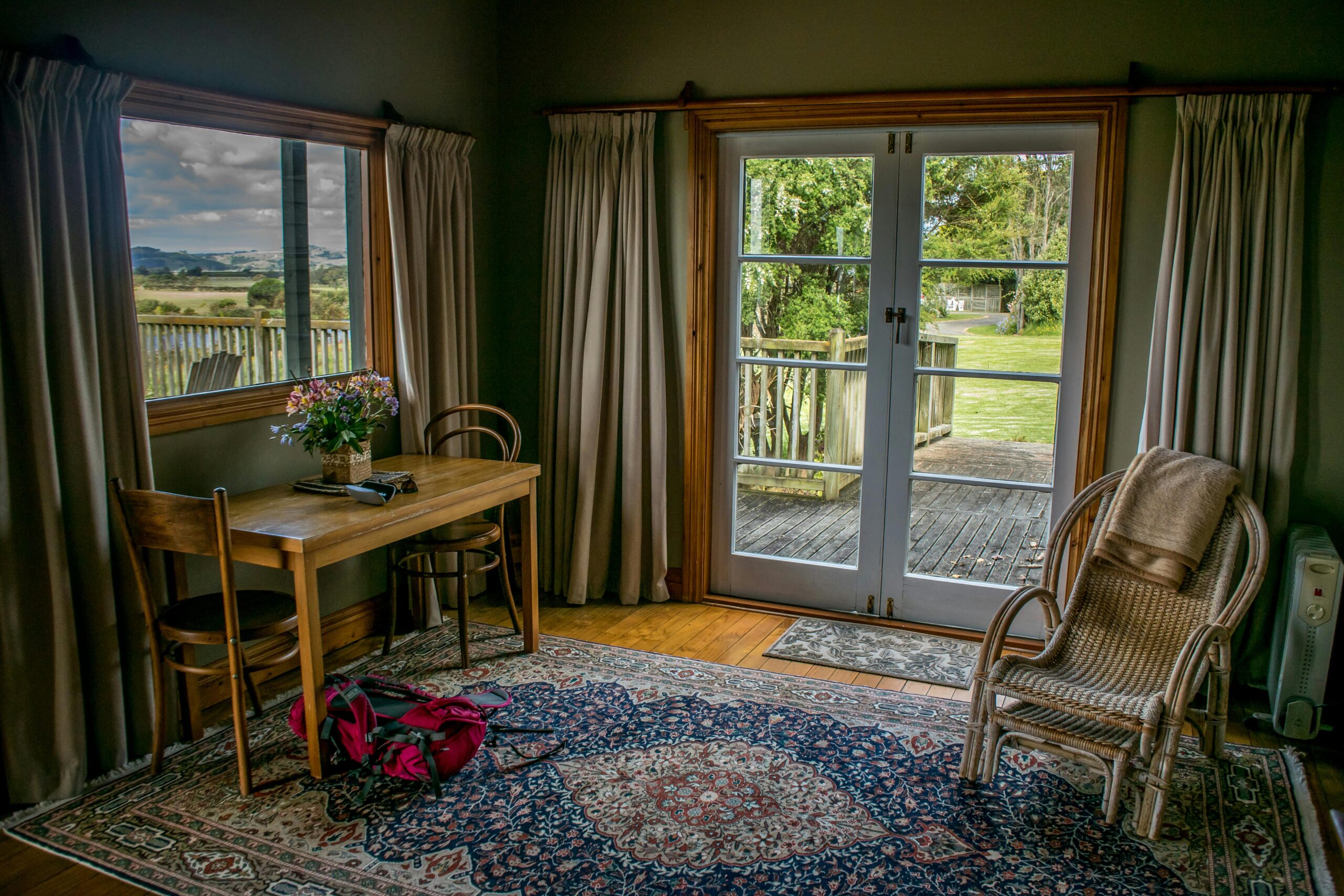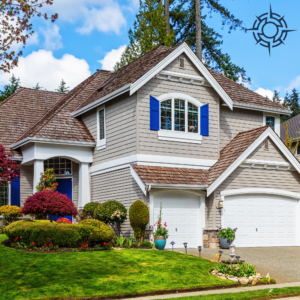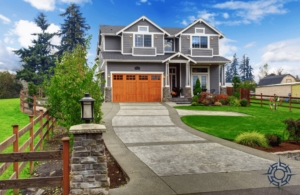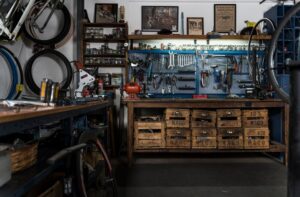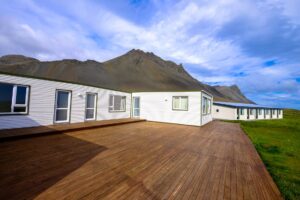French doors, named not just for their origin but for their popular use in French architecture during the Renaissance, embody a style where glass panes extend for most of their length. They traditionally open outwards or inwards and hinge at the side—akin to double doors—which allows them to offer both beauty and functionality by seamlessly blending indoor and outdoor spaces. On the other hand, sliding glass doors, which made their mark in the architectural world post-World War II, feature a simple yet effective design that conserves space while providing unobstructed views of the outside. These doors operate by sliding along a track rather than swinging open, making them ideal for homes with limited space.
When deciding between French doors and sliding glass doors, homeowners should consider factors such as cost, durability, operation, aesthetics, space requirements, natural light, security, and ventilation. Each type offers distinct advantages and challenges, tailored to different needs and home layouts.
1. Cost: Initial and Maintenance

When considering the cost of French doors versus sliding glass doors, French doors generally carry a higher initial price due to their intricate design and hardware requirements. The installation of French doors can be more labor-intensive, as it often involves creating a larger opening and additional structural support. On the other hand, sliding glass doors tend to be more cost-effective, particularly for wider openings.
Maintenance also varies between the two. French doors may require more upkeep due to their multiple components and weather stripping, which needs to remain effective to ensure proper sealing. Sliding doors, with fewer moving parts, typically require less maintenance but can face issues like track accumulation and alignment disturbances, which may necessitate periodic adjustments.
2. Durability
Durability largely depends on the materials used in either door type. Both French and sliding glass doors can be constructed from wood, fiberglass, aluminum, or vinyl. Wood doors require regular maintenance to prevent rot and warping, whereas materials like fiberglass, aluminum, and vinyl offer greater durability with less upkeep. Sliding doors might have an edge in terms of seal integrity since they close snugly into the frame and track, offering better protection against the elements over time compared to French doors, which may develop gaps.
3. Ease of Operation/Accessibility
In terms of operation, sliding glass doors are often favored for their ease of use, particularly in terms of accessibility. They do not require any clearance to open, making them suitable for tighter spaces and more accessible for people with mobility issues. French doors need space to swing open, which might not be practical in smaller areas or where furniture placement is a concern.
4. Aesthetics/Lifestyle Fit
Aesthetically, French doors add a touch of classic charm and elegance, making them a popular choice for traditional or colonial-style homes. They can also effectively merge indoor and outdoor spaces when opened, ideal for entertaining or enjoying a seamless transition between environments. Sliding glass doors offer a more modern look, maximizing views with larger uninterrupted glass panels. They fit well with contemporary or minimalist designs and are excellent for showcasing landscapes or cityscapes.
5. Space/Floor Plan Requirements

French doors require significant clear space around them to allow for the arc of the doors as they open, which can restrict furniture placement and room layout. In contrast, sliding glass doors operate within a fixed track, so they don’t impact the surrounding floor space, making them ideal for rooms with limited space.
6. Natural Light/View
Both French and sliding glass doors excel in providing ample natural light. However, sliding glass doors typically offer a more expansive view since they can include larger single panes of glass that are not interrupted by the frames typical of French doors. French doors, with their mullions or grids, might obstruct the view slightly but still allow for substantial light entry.
7. Security
Security features on both door types have improved significantly over the years. Sliding doors used to be viewed as less secure due to their removable nature from the track, but modern advancements like shatter-resistant glass, improved locking mechanisms, and the ability to incorporate security bars have mitigated these concerns. French doors need robust locking systems, often at multiple points, to ensure they remain secure against forced entry.
8. Ventilation
French doors can provide superior ventilation options compared to sliding glass doors. They can be opened partially or fully, allowing for adjustable and ample airflow. Sliding glass doors generally open only half as wide as the frame allows, limiting the amount of air that can circulate through half of the potential opening space.
Conclusion
Choosing between French doors and sliding glass doors depends largely on specific needs, preferences, and the architectural style of your home. French doors offer classic elegance and superior ventilation, making them ideal for traditional designs and homes with ample space. Sliding glass doors, on the other hand, provide a contemporary look with less spatial intrusion, perfect for modern homes where maximizing views and natural light is a priority. Regardless of your choice, Compass Exteriors has the expertise to design, plan, and install both types of doors. Our team ensures that whichever option you choose will be perfectly suited to enhance your home’s functionality and aesthetic appeal.

